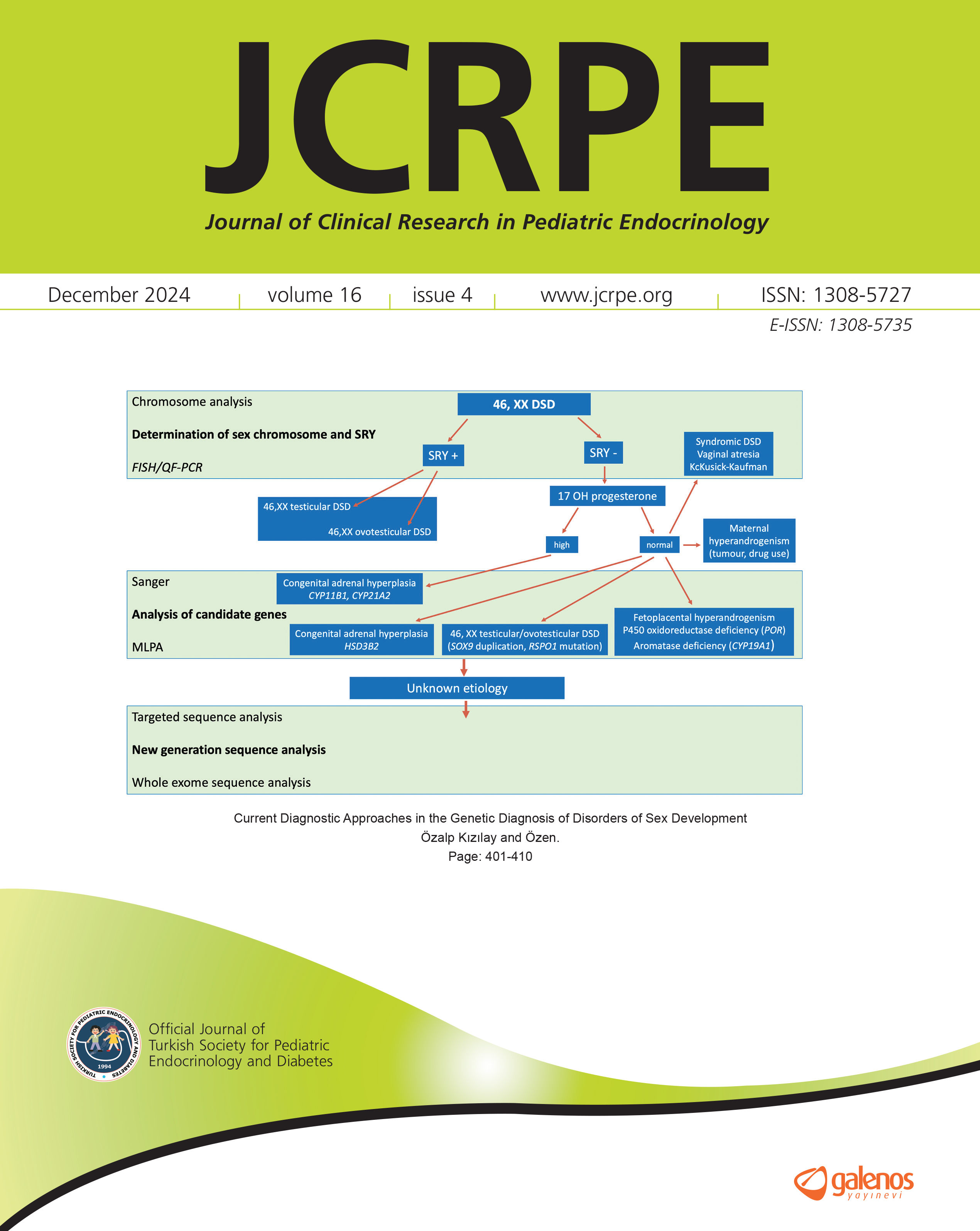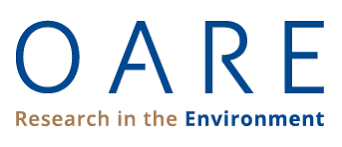Association of Exosomal miR-34a with Markers of Dyslipidemia and Endothelial Dysfunction in Children and Adolescents with T1DM
Alshaymaa A. Ibrahim1, Aliaa A. Wahby1, Ingy Ashmawy1, Rehan M. Saleh2, Hend Soliman31National Research Centre, Department of Clinical and Chemical Pathology, Cairo, Egypt2National Research Centre, Department of Community, Cairo, Egypt
3Cairo University Faculty of Medicine, New Children Hospital, Cairo, Egypt
Objective: Dyslipidemia and endothelial dysfunction are common disorders and major causative factors for atherosclerosis in patients with type 1 diabetes mellitus (T1DM). However, their pathophysiology in young patients with T1DM is still under evaluated. We aimed, for the first time, to assess the expression of exosomal micro-RNA 34a (miR-34a) in serum of children and adolescents with T1DM and correlate this expression with markers of dyslipidemia and endothelial dysfunction.
Methods: The study included 120 T1DM patients and 100 control subjects. Assessment of miR-34a was performed using quantitative real-time polymerase chain reaction. Lipid profile was assessed on an automated analyzer and serum endoglin and intracellular adhesion molecule (ICAM) concentrations were measured using immunometric methods.
Results: Relative expression of miR-34a and serum endoglin and ICAM concentrations were higher in patients than controls (p=0.001) and in patients with dyslipidemia (42 patients) compared to patients without dyslipidemia (78 patients) (p=0.01). Linear regression analysis revealed a strong independent association between exosomal miR-34a expression and total cholesterol, low-density lipoprotein, serum endoglin and serum ICAM after adjustment for other cofactors. The utility of miR-34a as an indicator for associated dyslipidemia was tested using receiver operator characteristic curve analysis which revealed area under the curve: 0.73 with confidence interval: 0.63-0.83 and p=0.001.
Conclusion: This was the first study to show the altered expression of exosomal miR-34a among children and adolescents with T1DM. Moreover, association of miR-34a with markers of dyslipidemia and endothelial dysfunction was identified, suggesting that it could play a role in regulation of lipid metabolism and endothelial function in T1DM.
Manuscript Language: English



























